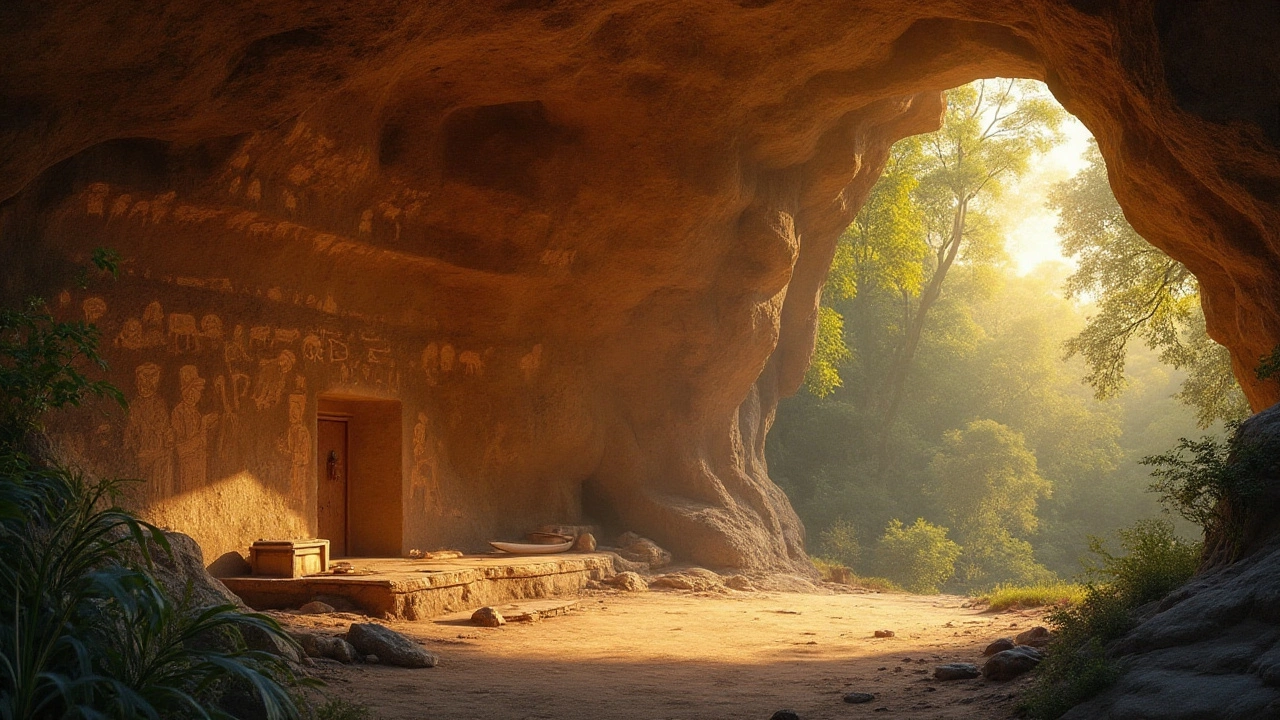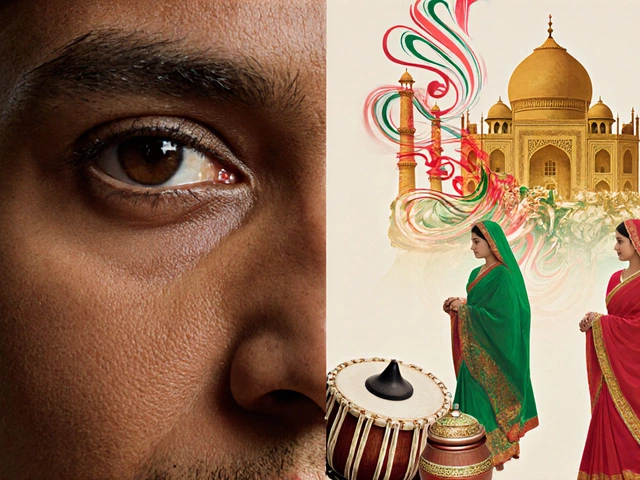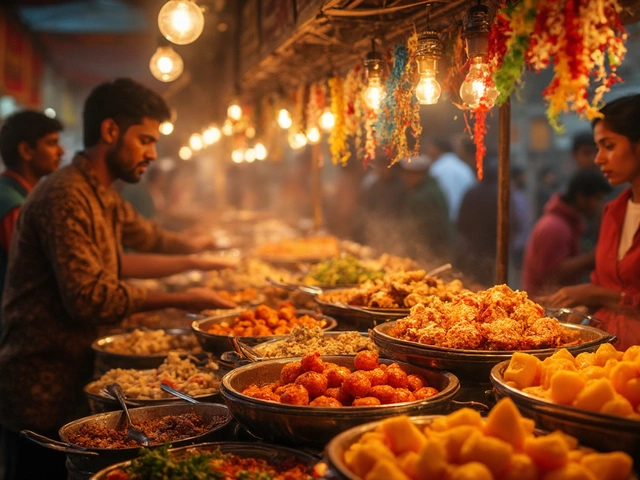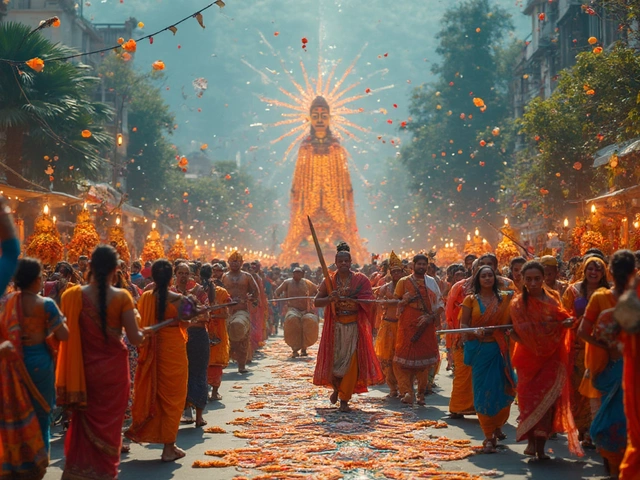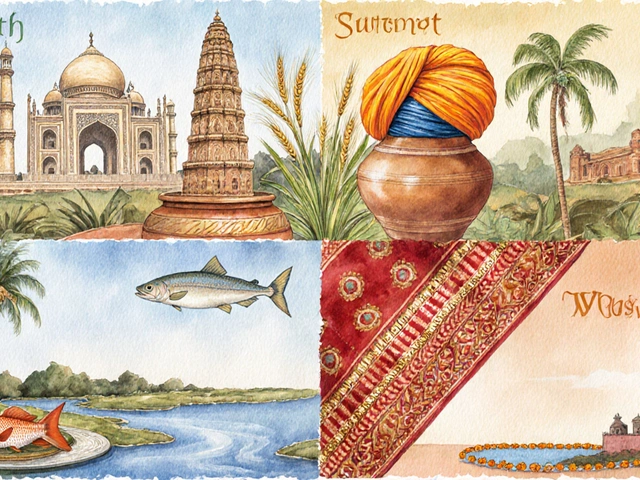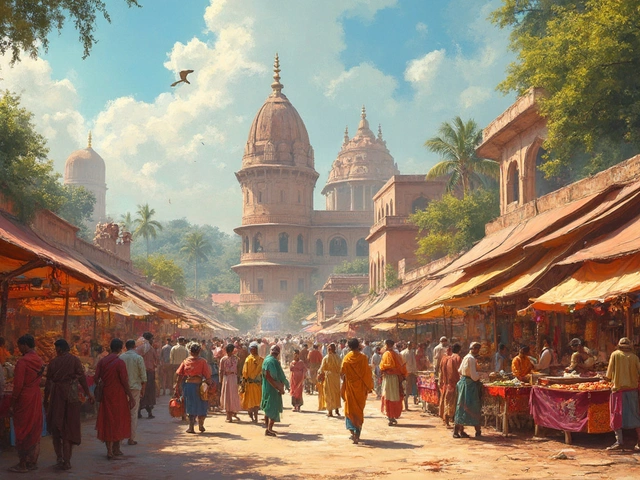Indian cave paintings: Ancient art, symbols, and secrets of India's earliest artists
When you think of Indian art, you might picture intricate temple carvings or colorful folk murals—but the real roots run deeper. Indian cave paintings, some of the oldest continuous visual narratives on Earth, date back over 30,000 years and were created by hunter-gatherers who left behind more than just tools—they left stories. Also known as prehistoric rock art, these images weren’t decoration. They were memory, ritual, and survival rolled into one. Unlike later temple art or Mughal miniatures, these paintings were made with fingers, sticks, and natural pigments—ochre, charcoal, chalk—pressed directly onto rock walls in caves across Madhya Pradesh, Bihar, and Karnataka.
One of the most important sites is Bhimbetka rock art, a UNESCO World Heritage site where over 700 shelters hold paintings showing hunting scenes, dancing figures, and animals like tigers and bison that no longer roam the region. Also known as central Indian rock shelters, these caves give us the clearest window into life before agriculture, before cities, even before written language. Then there’s Ajanta cave murals, a later but equally powerful set of paintings from 2nd century BCE to 6th century CE, filled with Buddhist stories, royal processions, and delicate expressions that feel startlingly human. Also known as ancient Indian frescoes, they show how cave art evolved from simple outlines to complex storytelling. These aren’t just old drawings—they’re the first Indian artists speaking to us across millennia.
What do these paintings tell us? That early Indians observed nature closely—notice how the deer in Bhimbetka are drawn mid-leap, or how the elephants in Ajanta have the same wrinkled skin you’d see today. They show community: groups dancing, children watching, women gathering fruit. And they show belief: animals with human eyes, figures with multiple arms, symbols that may have been spiritual markers. These aren’t random marks. They’re the first chapters of India’s cultural story.
When you look at the posts below, you’ll see how these ancient roots connect to today’s living traditions—from Pithora murals in Gujarat to temple frescoes in Tamil Nadu. The same hands that painted bison on cave walls also shaped the brushstrokes of modern Indian art. This isn’t history buried underground. It’s still alive in how we see, make, and value images. What you’re about to read isn’t just a list of articles—it’s a chain of connection, from the first artist in a dark cave to the storytellers writing today.
